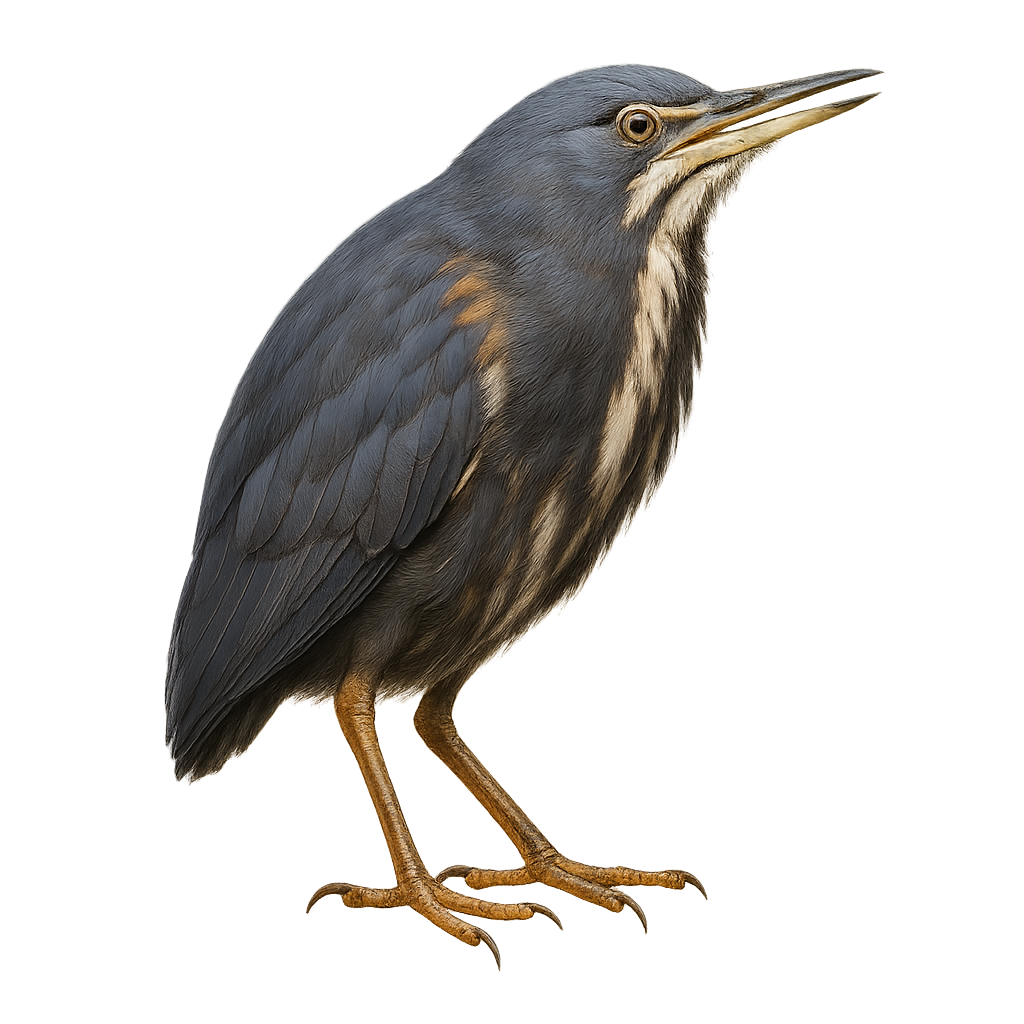Your wildlife photography guide.
Explore the sturm's bittern in detail, study its behavior, prepare your shots.
Where to observe and photograph the sturm's bittern in the wild
Learn where and when to spot the sturm's bittern in the wild, how to identify the species based on distinctive features, and what natural environments it inhabits. The WildlifePhotographer app offers tailored photography tips that reflect the sturm's bittern’s behavior, helping you capture better wildlife images. Explore the full species profile for key information including description, habitat, active periods, and approach techniques.
Sturm's Bittern
Scientific name: Botaurus sturmii

IUCN Status: Near Threatened
Family: ARDEIDAE
Group: Birds
Sensitivity to human approach: Suspicious
Minimum approach distance: 20 m
Courtship display: March to May
Incubation: 25-27 jours
Hatchings: March to June
Habitat:
Wetlands, marshes, reedbeds
Activity period :
Active at dawn and dusk, ideal moments for observation.
Identification and description:
The Sturm's Bittern, or Botaurus sturmii, is a rare and elusive bird belonging to the Ardeidae family. It is primarily found in the wetlands of Central and West Africa, where it skillfully camouflages itself among reeds and tall grasses. This medium-sized bittern has a streaked brown plumage that allows it to blend into its surroundings. It is most active at dusk and dawn, when it emits characteristic loud calls. Its population is difficult to estimate due to its secretive nature and often inaccessible habitat. Conservation of its natural habitats is crucial for its survival.
Recommended lens:
400mm – adjust based on distance, desired framing (portrait or habitat), and approach conditions.
Photography tips:
To photograph the Sturm's Bittern, it is advisable to use a telephoto lens of 400mm or more to capture detailed images without disturbing the bird. Given its suspicious nature, it is best to maintain a safe distance of at least 20 meters. The best photography opportunities occur at dusk when the bird is most active. Use a tripod to stabilize your camera in low light conditions and be patient to capture exceptional shots.
The WildlifePhotographer App is coming soon!
Be the first to explore the best nature spots, track rutting seasons, log your observations, and observe more wildlife.
Already 1 431 wildlife lovers subscribed worldwide

